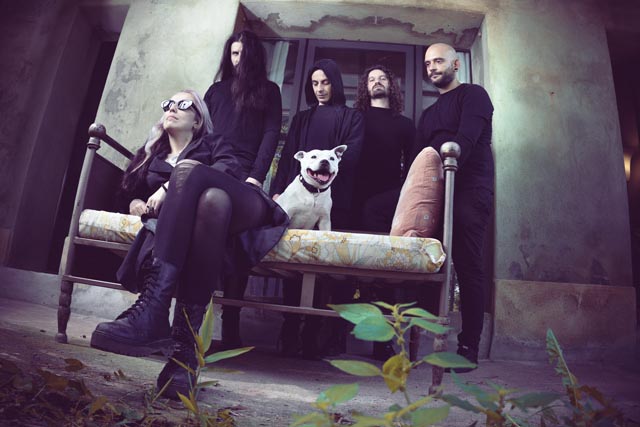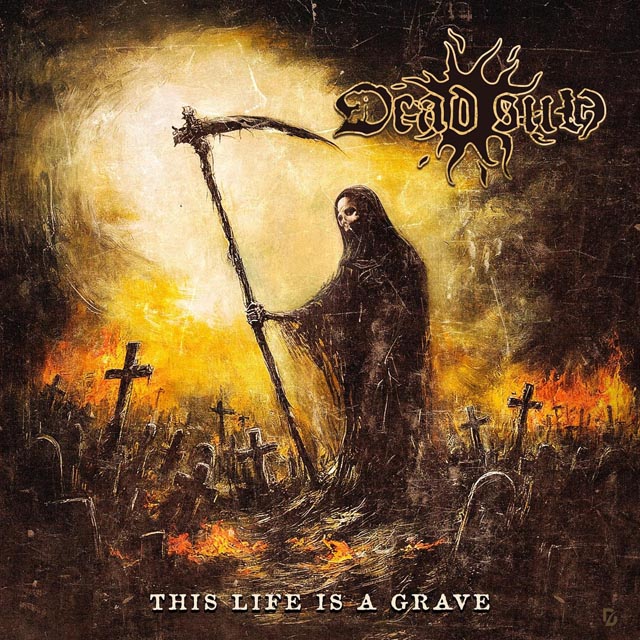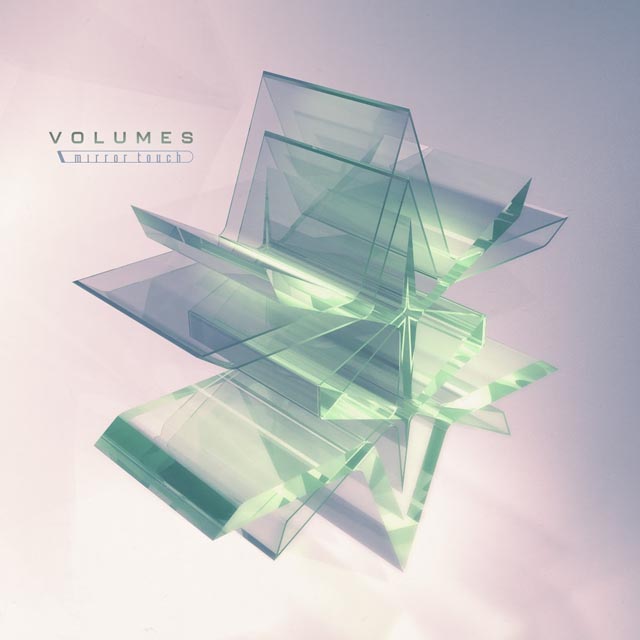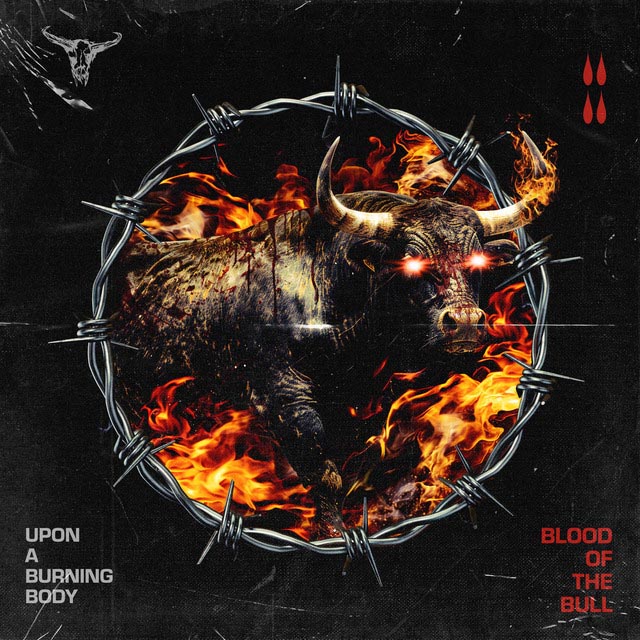 It seems that with Apple’s announcement of the Ping platform, there was a collective groan in the music community to the tune of “another social outlet?? Really??”
It seems that with Apple’s announcement of the Ping platform, there was a collective groan in the music community to the tune of “another social outlet?? Really??”
Yes Really.
There are a seemingly infinite number of options through which musicians can connect, impact, influence or [insert action word here]. So with all of the options, some of which are utter crap if you ask me, which ones do you use? Sure Apple is late on the scene with their addition to the social media clutter that has become the modern internet, but I wouldn’t necessarily turn my nose up to Ping just yet.
You have probably read a plethora of materials describing the means and madness that drives Ping. Ping allows all iTunes store accounts to create Ping user accounts to interface with iTunes musicians and performers in a manner not all that different from Facebook or Twitter. Performers and users can share thoughts and activities in status updates that populate the time lines of friends and followers. Cool, another 140 character/shorthand excuse to post obscene things when in an inebriated state. I guess. What Ping offers that sites like Facebook and Twitter (until now) do not, is the means to share music within the iTunes network through your feed, thus allowing single click purchases. Ping facilitates impulse music purchases by cutting out the steps involved with getting to the point of purchase. If I suggest a great song, you can preview it and purchase it in one click. Now, with the announcement of Ping’s integrations into Twitter feeds, (Read Here) this simplified process is expanded to reach as many twitter users as the RT will allow.
OK, so why should you care? I’ve said it once, I’ll say it again. If you are in a band, you obviously see the value in announcing from the stage that you will be hanging out at your merch table after your set. Right? Get the kids as close to the merchandise so that you can capitalize off of the emotional experience. iTunes has created the means for you to replicate this same experience digitally.












